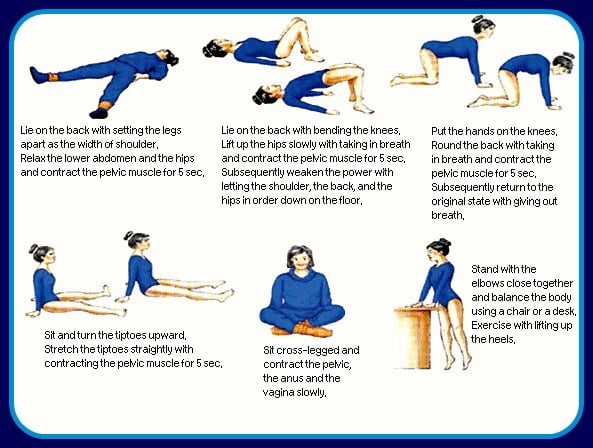Back when I was pregnant, a good sneeze would drench my pants. My life revolved around frequent trips to bathrooms and any long journey had to be chartered out with the whereabouts of restrooms along the way. There was even a party where I resorted to wearing a diaper rather than embarrass myself with a leak.
This fear of embarrassing leaks had me staying at home rather than going out and enjoying life with friends or family. I thought it would be fine after the delivery, but even afterwards, it took months of pelvic exercises to tighten the bladder muscles before I was able to leave the house confidently. Urinary incontinence is a reality for more people than you might think. For those of you currently going through it, here is the guide for you:
Causes of Urinary Incontinence
Many people hide their bladder control issues and find it difficult to discuss it even with their doctors. Identifying the cause and treating it can provide you with the right solutions and you can walk around with your head held high, free from caring about your bladder woes.
The involuntary loss of urine, or urinary incontinence, is more common in women than men. It usually occurs after childbirth and menopause.
Urinary incontinence is classified into four types:
- Urge incontinence: Your bladder contracts even when it’s not full and you often feel a sudden, strong urge to go to the bathroom. You might find urine trickling down even before you reach the toilet.
- Stress incontinence: Coughing, sneezing, laughing, or any sudden pressure on your abdomen can cause you to accidentally pee.
- Mixed incontinence: When stress combines with urge incontinence, you know you’ve lost the war. It’s best to be armed with diapers if you are out for long periods.
- Overflow incontinence: Urine leakage can arise even after a visit to the loo if the bladder was not emptied completely.
Ways to Train the Bladder
Bladder retraining is usually the first treatment doctors suggest for bladder control problems. This is a kind of behavioral therapy that helps you regain control over your urination. It gradually trains your bladder muscles to hold in urine for more and more periods of time to prevent leaks and emergency bathroom incidents. Bladder retraining can also be used as a treatment for children who bed-wet.
- Schedule bathroom visits: Jot down in a diary every time you go the bathroom and make a schedule by adding 15 minutes to that time. Even if you don’t actually feel the urge to go, visit the bathroom at each scheduled visit. Slowly try to increase the time between bathroom breaks.
- Delay urination: Even if you feel the urge to urinate, try to hold on until the scheduled time for the bathroom visit. If you find it feels too urgent, try to delay it for five or ten minutes by distracting yourself. Try counting backwards from 100 to one or use deep breathing relaxation techniques. Even if you ended up rushing to the bathroom for an unscheduled visit, you still have to stay on the schedule and make a visit at the next scheduled time slot.
- Kegel exercises: Using a combination of pelvic floor exercises, like Kegels, with other bladder retraining techniques has been found to be effective in treating urinary incontinence.
To do Kegels, you must squeeze the muscles, pretending you are holding them to stop the flow of urine. Start with a five-second hold and release, then work up to holding these pelvic muscle contractions for 10 seconds each, with 10 second rest periods in between. You can do three sets of 10 contractions every day.
To improve your success with bladder retraining, you can try out these different variations of Kegels and strengthen your pelvic muscles:
Image Source
You can also watch this excellent video that explains all that you need to know about doing Kegels correctly.
Conclusion:
In addition to journaling your bathroom breaks and practicing Kegels, limit caffeinated beverages, like sodas, coffee, and tea, that increase urination. Avoid fluids as bedtime nears and go to the bathroom one final time before heading off to sleep. Bladder training helps you hold on for longer periods of time between bathroom visits, giving you control over the urge to go.
Bladder retraining takes time and might take anywhere between six to 12 weeks to see results. If there is no improvement despite several weeks of bladder training, then your doctor might advise medication or even surgery to treat urinary incontinence.













































